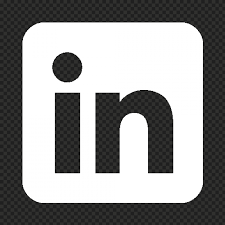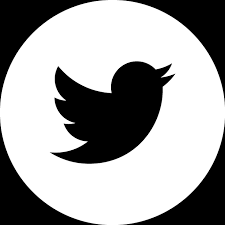
Email. Just the very name can conjure up images of instant communication and overcrowded inboxes. Thirty years ago, the concept of sending someone an electronic mail was astounding. Today, it’s more astounding if someone takes the time to write you a letter on paper and send it through the postal carrier.
Whether you feel that e-mail has made life better or worse, you cannot deny that it has revolutionized the way the people communicate. Much as letter writing advanced with the invention of the pen and modern postal system, so has email advanced with each iteration of computing technology. Thanks to the proliferation of smart phones, email use is only expected to grow over the next five to ten years.
Email is now a part of our lives as much as the telephone, apple pie, and happy hours at the bar. Like every other part of our lives, email must be managed carefully. In the olden days, one would sort through their stacks of paper mail with a system to sort out the ‘must do now’, from the ‘can do later’, to the ever popular ‘don’t need to do at all’.
Thankfully, the same can be said for email.
There are plenty of webpages on how to sort and organize your e-mail into a cohesive source of resources and information. The trick is to pick one method and stick with it. Email is much more than just a simple means of communication. Given its ever-expanding presence in our world, email has become a time-stamped record of our work and life activates.
Much as the current smart phone market developed in the cradle of the enterprise environment, so did e-mail learn to ride without training wheels in the preverbal parking lot of the corporate boardroom. With the expansion of Internet services in the late 1980’s, email found its way into the homes of anyone with an Internet connection. (The writer would be very interested to know if you know someone with an active CompuServe account because we do.) Email, though revolutionary, was only one piece of the corporate puzzle because what good is sending messages without a calendar to go with it?
Enter Lotus Notes, the first in a very short line of well-known collaborative productivity tools that helped email move from the world of sticky note type messages into an actual apparatus that no one could live without. For the sake of time, we’re going to skip ahead a few years to the emergence of the Outlook/Exchange interface that currently dominates what one could call the ‘messaging productivity’ sphere of the corporate world. Think about it. When is the last time you’ve seen an email program, online or otherwise, without a calendar attached to it? This marks the final stop on our tour and the most popular iteration of email today….webmail.
In today’s modern world of communication, the two largest players in the field of the email client are Microsoft in the corporate sphere and Google in the world of the consumer. We’ve seen email evolves from a nuanced communication tool to a total productivity suite to an invaluable consumer staple (IBM Verse, Wemail, Inbox, KIK…). Many often asked the question, what does the futures of email look like? Given Email’s history, the better question might be…WHO will control email’s future?
Ludovic Levivier
Founder & CEO, LINC Project, INC. a Managed Service Provider in New York and San Francisco



.png?width=306&height=50&name=Logo_width.jpg(2).png)


